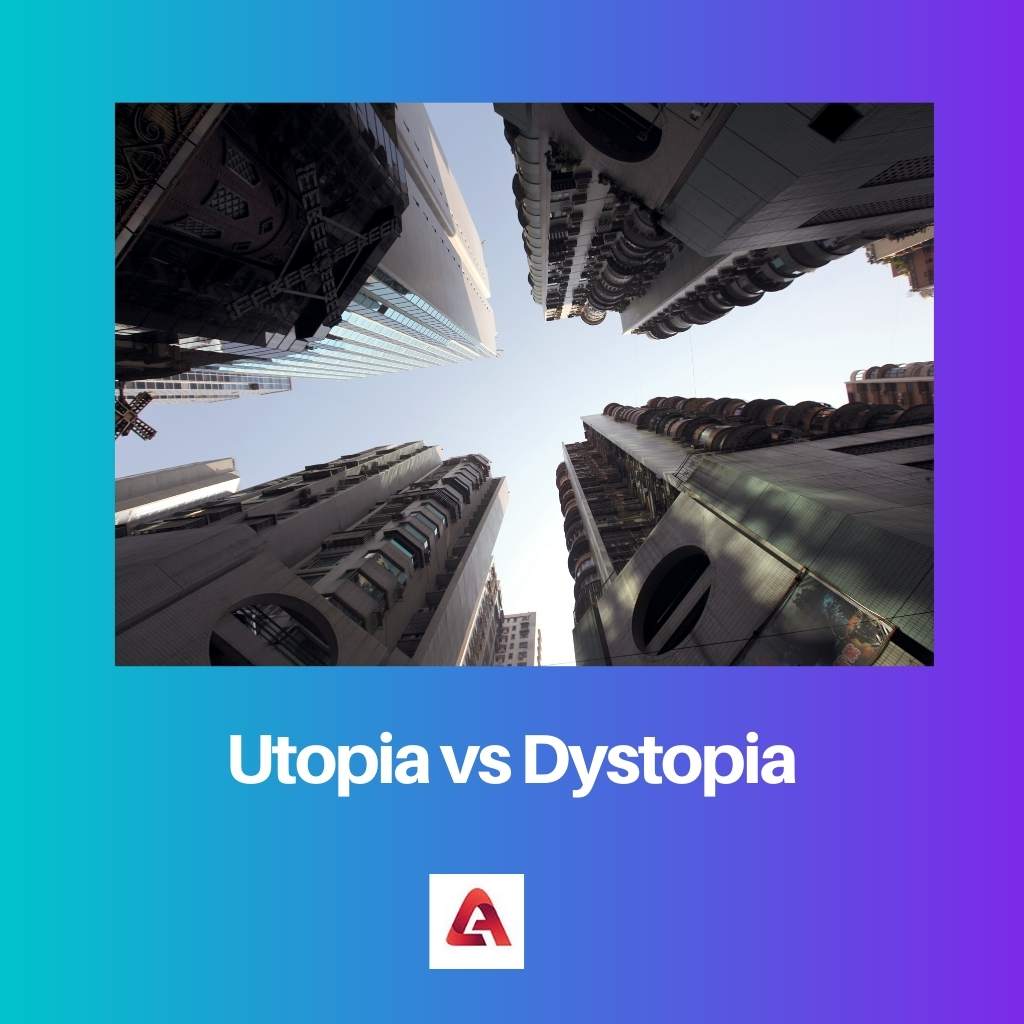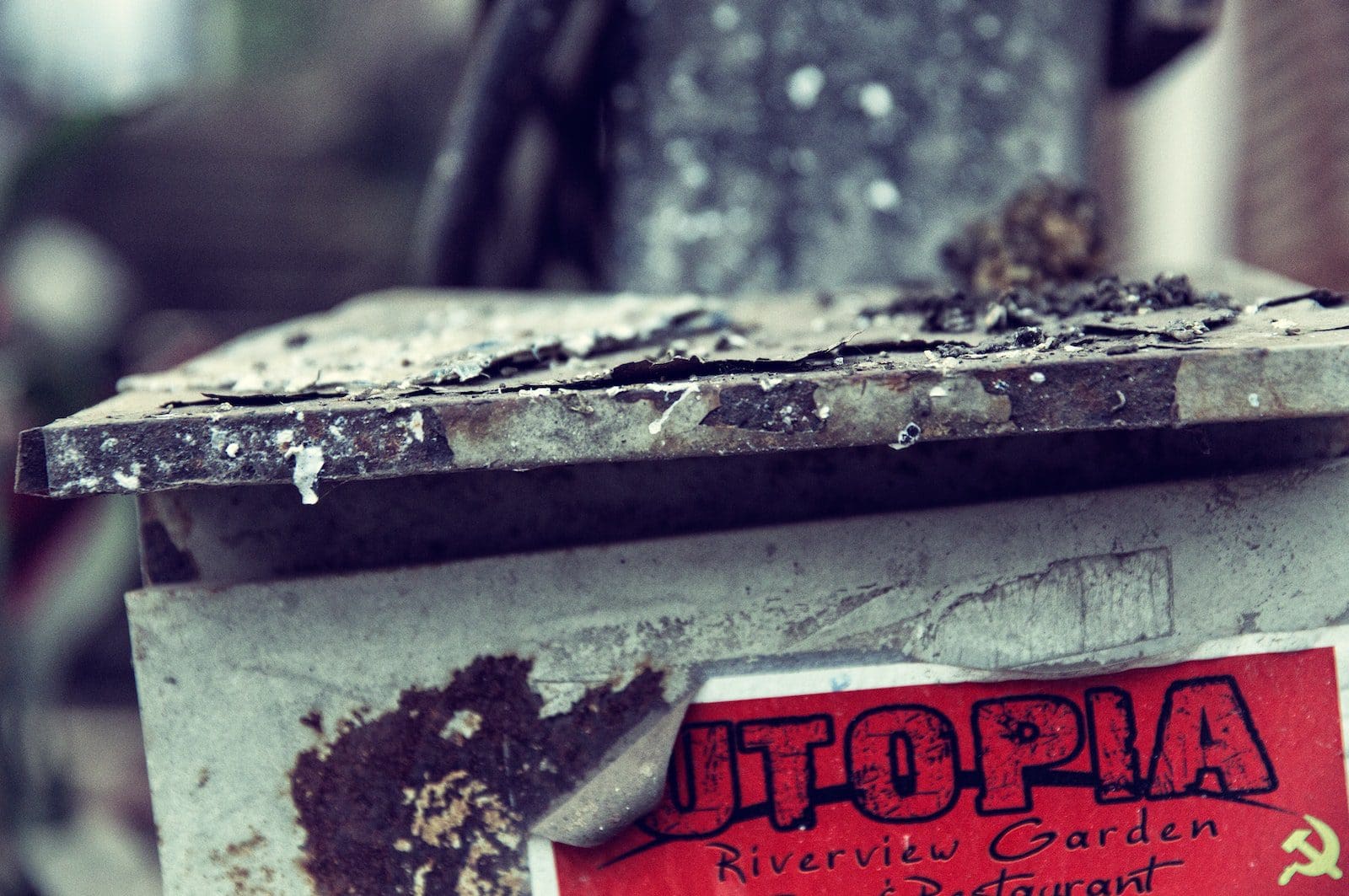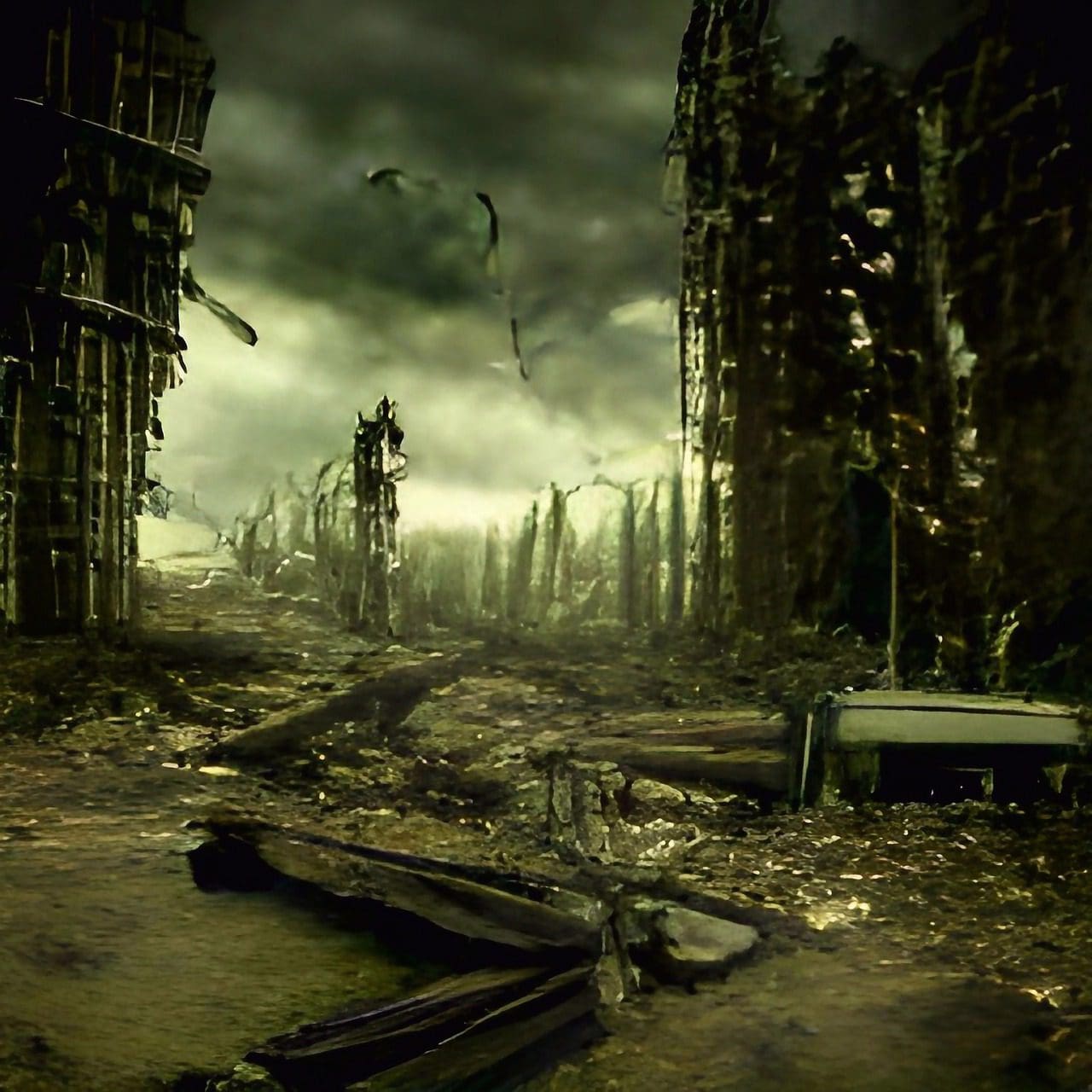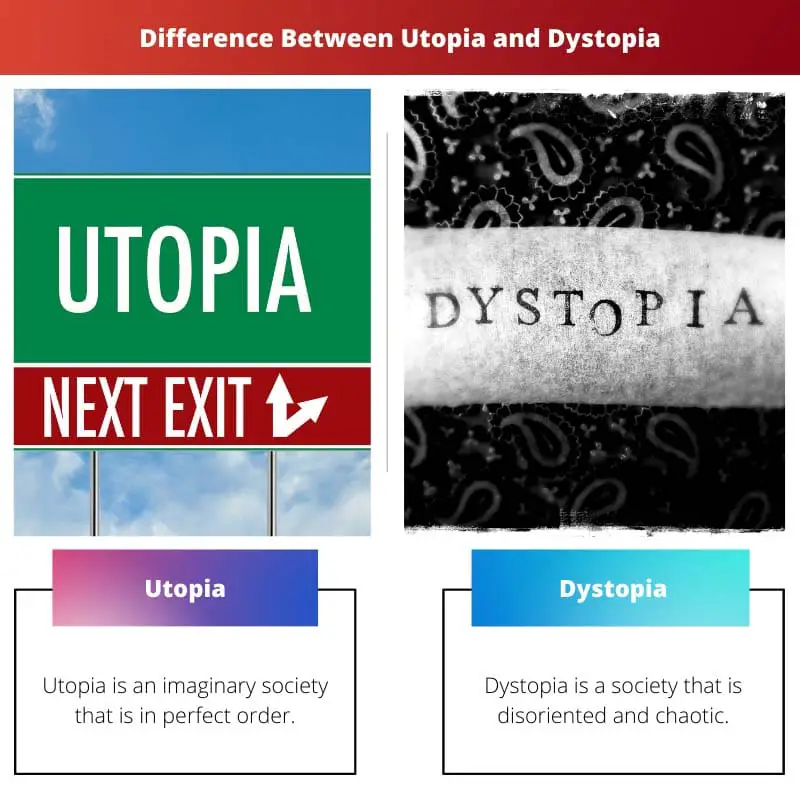The terms utopia and dystopia are related to fiction and literature. The term utopia was coined by Sir Thomas More in his 1516 book named “Utopia”. The words act as each other’s antonyms.
Both the terms and their characteristics have been used in fiction many times and have proven their acceptability.
Key Takeaways
- Utopia refers to an imagined perfect or ideal society, while dystopia refers to an imagined oppressive or hostile society.
- Utopia is characterized by harmony, equality, and peace, while dystopia is characterized by chaos, inequality, and oppression.
- Utopia is depicted as an unattainable goal, while dystopia serves as a warning about the consequences of certain actions or systems.
Utopia vs Dystopia
Utopia, related to fiction, shows a society in which there is peace, harmony, faith, and unity among the people. Utopia seems to be an ideal society that is unable to create. Dystopia shows a society with chaos and oppression. There is nothing good in that society, as the government is tyrannical.

Utopia is the ideal state of society where no distress prevails. Society is full of prospects and opportunities, and no one is unhappy or hopeless. Utopian society possesses almost perfect qualities for its citizens.
In his book “Utopia”, Thomas More describes a fictional island and its rules and lifestyle.
Dystopia is the opposite of Utopia, where everything is chaotic and disordered, nothing is good there, and it is not desirable at all. Dystopia shows the declination of society. Dystopia society is dehumanized, filled with tyrannical governments, and faces environmental disasters.
Comparison Table
| Parameters of Comparison | Utopia | Dystopia |
|---|---|---|
| Meaning | Utopia is an imaginary society that is in perfect order. | Dystopia is a society that is disoriented and chaotic. |
| Characteristic | Utopia is a peaceful land with disciplined citizens. | The situation of dystopia is hostile and full of agitation. The commotion never lets anything set. |
| Allegory | Utopia is the presentation of paradise. | Dystopia is the presentation of hell. |
| Features | Utopia is systematic, calm, clean, ordered, fair, and things happen smoothly there. Independent thought and freedom can be seen in a utopian society. | Dystopia is the opposite state of utopia. It is imbalanced, chaotic, lawless, dirty, and violent. Propaganda is used to control the citizens of a dystopian society. |
| Government | Utopia is not controlled by constructed government systems. | Dystopia is governed by a tyrannical government that keeps the citizens under constant surveillance. |
| Environment | Utopia shows a back-to-nature concept. They preserve nature and the natural world. | Nature is destroyed in dystopia. A dystopian society is highly advanced in technology. |
What is Utopia?
As noted above, Utopia is an imaginary society created by Thomas More is a perfectly harmonious society that is a highly desirable society to live in. Utopia is guided by communism. Money is abolished, and citizens do the work they enjoy.
Citizens are truly free in Utopia, possessing freedom of speech and thought. Power is proven to be corrupted, so society is not controlled by constructed government systems.
The citizens are not treated as singular here. Utopia is a concept that brings the citizens together as a society, as a community.
Citizens are free from fear. They live with each other amiably. Harmony prevails in this society. Utopia believes in the back-to-nature concept. They preserve nature and the natural world.
When it comes to technology, they embrace a few innovations that uplift the lifestyle experience or make work convenient. But a utopian society never depends completely on technology and its inventions. They believe technology is a monster that devours humanity.
Citizens of Utopia have a moralistic point of view. They live an honest life. They embrace and embody social ideals. Some of the examples of utopian society can be seen in books like “Utopia” by Thomas More and “Gulliver’s Travels” by Jonathan Swift.

What is Dystopia?
As pointed out before, dystopia is anti-utopia. In fiction, we see that a utopia transforms into a dystopia with the passing days. Dystopia is in complete disarray. Nothing is good there. The government, people, and everyone are corrupted. It is a living nightmare.
Citizens are not free here. They are under the control of a tyrannical government that keeps the citizens under constant surveillance. Citizens are frightened, and the situation is dreadful and horrible.
Dystopia is a capitalist society controlled by-products, media, and advertisements. Citizens’ every move and thought are under supervision, and they do not possess any bit of freedom.
Environmental disaster issues can also be seen here. Dystopia is shown to be very advanced in technology. Some fictions show how scientific technology takes over humans. Humans stoop and become dehumanized. The natural world is destroyed by this illusion.
A few instances of a dystopian society in fiction are “1984” and “Animal Farm” by George Orwell and Ray Bradbury’s “Fahrenheit 451.

Main Differences Between Utopia and Dystopia
- Utopia is an imaginary society that has perfect order and harmony, whereas dystopia is an anti-utopian illusion. Dystopia is completely chaotic.
- Utopia is a disciplined society. It symbolizes paradise. And on the other hand, dystopia lacks discipline completely. It symbolizes hell.
- People are independent in Utopia. They have freedom. But in dystopia, people are controlled by propaganda. They are not free. They are constantly under the government’s supervision.
- Utopia is a systematic society. It is not controlled by constructed government systems. Whereas dystopia is governed by a tyrannical government.
- In a utopia, citizens preserve nature, but in a dystopia, nature is destroyed. Humans become dehumanized in dystopia and are shown to be led by robots and computers.






